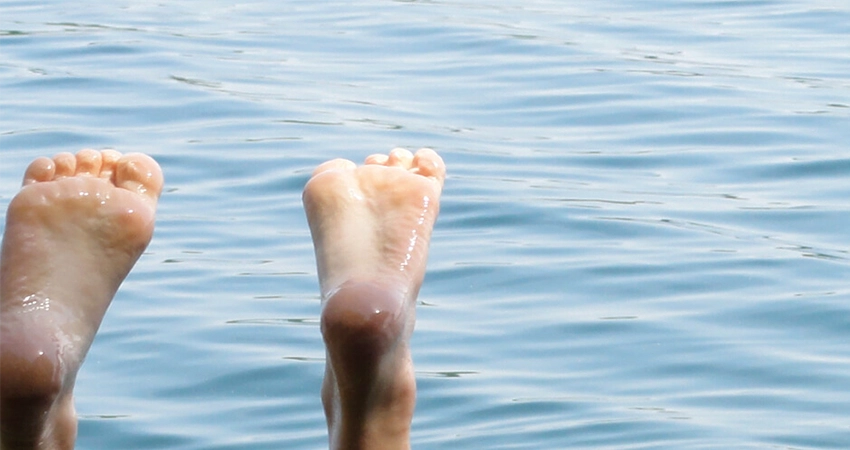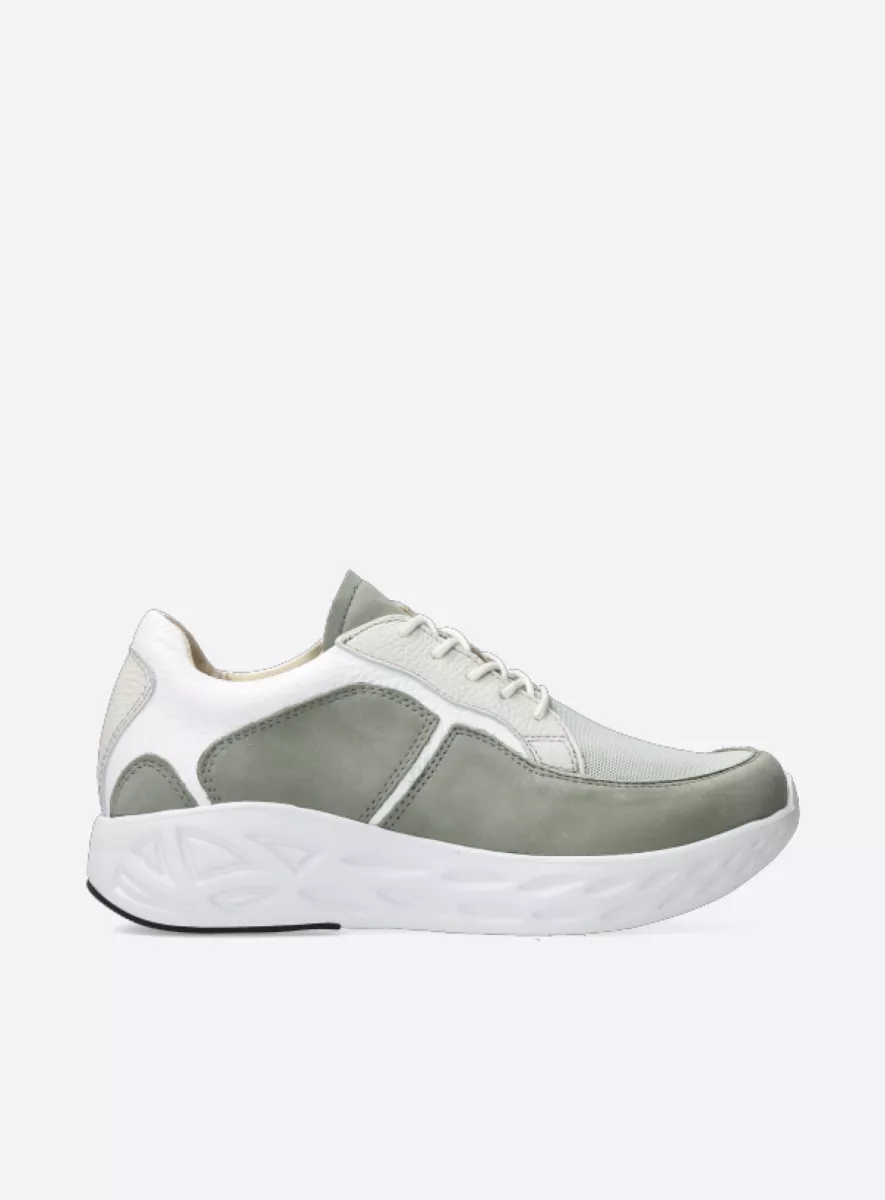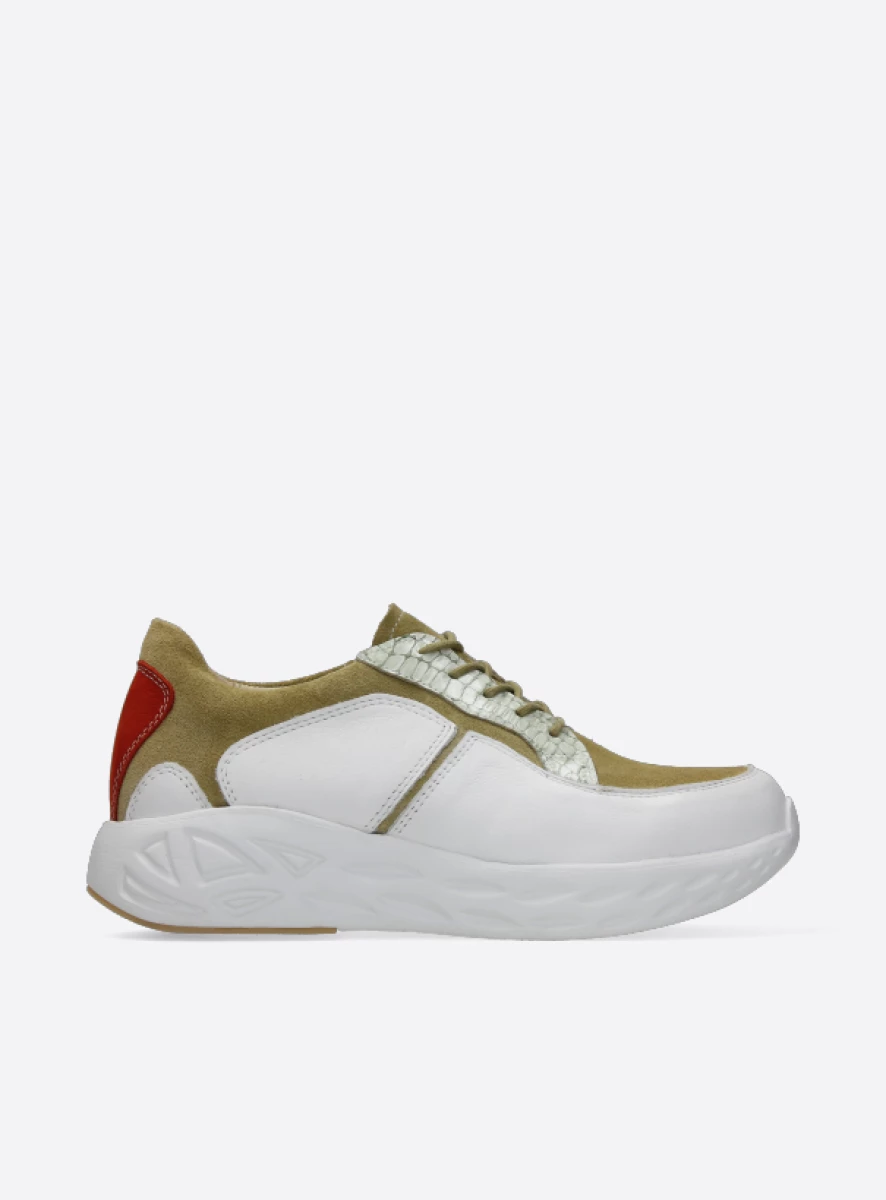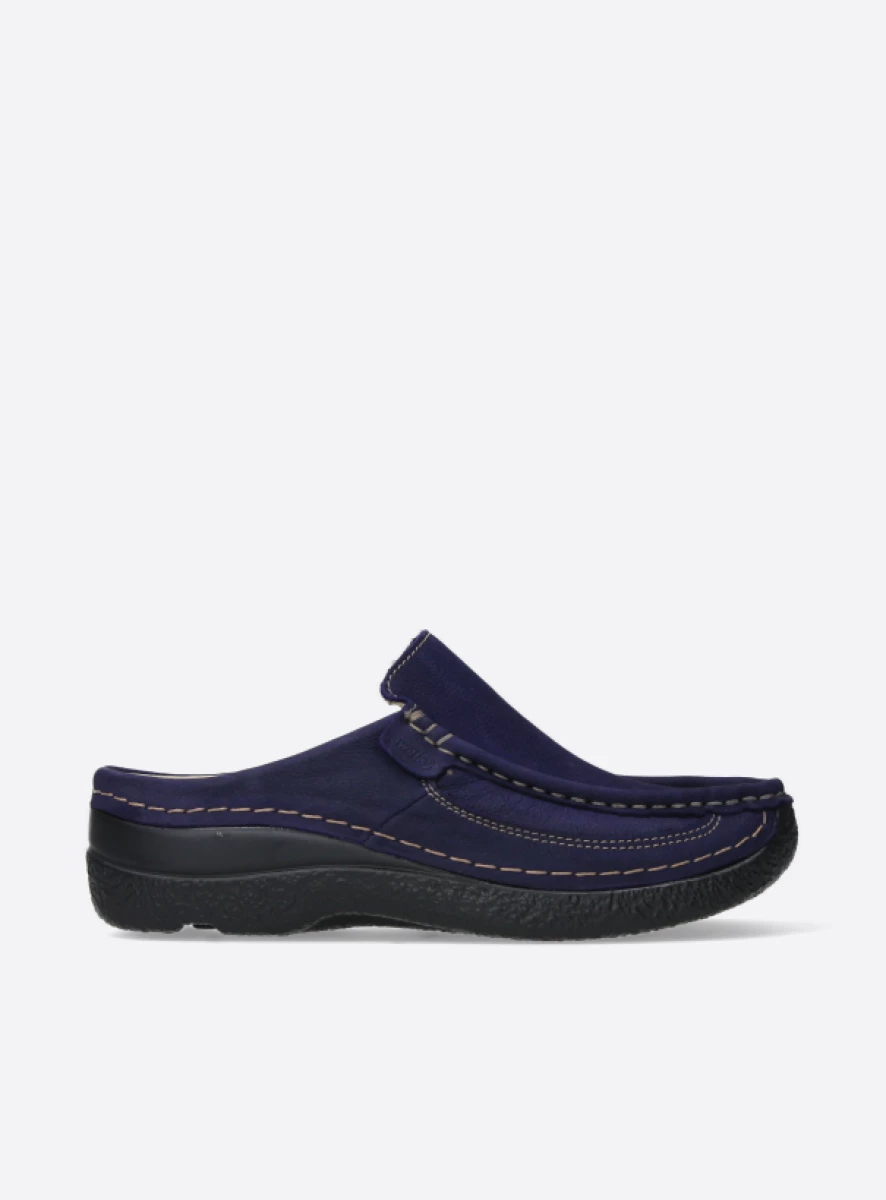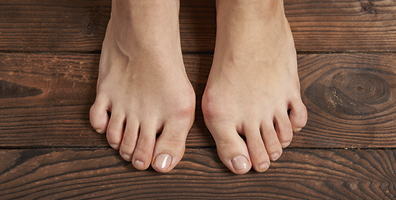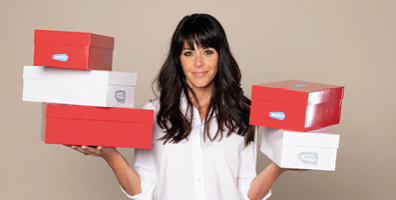
Splay foot
Splay foot is a common foot condition. With splay foot, the transverse arch of the foot is collapsed or flattened. Our most important tip: wear good shoes that provide your feet with the support they need. And where can you find those good shoes? Right here with us! In this blog, you’ll read all about the causes, symptoms, and treatments (including good shoes) for splay foot.

